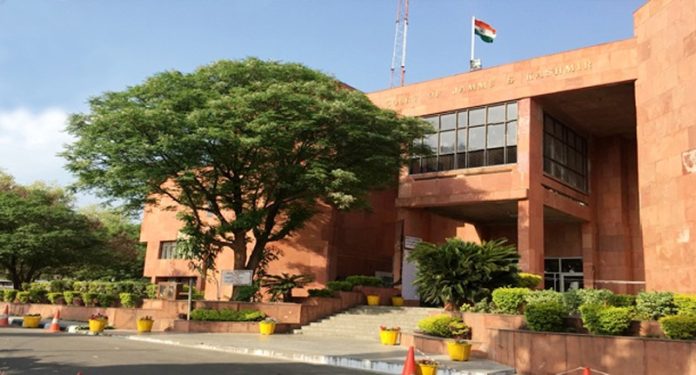Govind Sharma
JAMMU, Mar 26: The High Court of Jammu & Kashmir and Ladakh has issued a comprehensive Standard Operating Procedure (SOP) governing the personal appearance of Government officials in court proceedings.
Follow the Daily Excelsior channel on WhatsApp
This follows a Supreme Court directive in the case of State of Uttar Pradesh & Others versus Association of Retired Supreme Court and High Court Judges at Allahabad & Others, instructing all High Courts to frame guidelines for summoning Government servants. The SOP aims to regulate court appearances by Government officials, ensuring due process while preventing unnecessary summons.
The SOP applies to all court proceedings involving Government officials within the jurisdiction of the High Court, including contempt cases, and seeks to prevent unnecessary disruptions to administrative functions while upholding judicial efficiency. It classifies proceedings into three categories-evidence-based adjudication, summary proceedings, and non-adversarial proceedings.
Evidence-based adjudication involves oral or documentary evidence where the official’s testimony or submission of records may be essential. Summary proceedings rely on affidavits and documents, whereas non-adversarial cases may require an official’s presence to clarify technical or policy-related matters.
However, the SOP explicitly states that in cases where affidavits or official documents are sufficient, physical presence should not be mandated as a routine measure. Summoning an official should only be considered when crucial information is either not being provided, deliberately withheld, or misrepresented.
The SOP further mandates that, whenever possible, Government officials should be allowed to appear via video conferencing instead of in-person hearings. Courts are required to send video conferencing links at least a day prior to the hearing, ensuring convenience and efficiency. If an official’s personal presence is deemed necessary, the court must record specific reasons for the directive and provide ample notice so that the official has adequate time to prepare.
Additionally, the SOP outlines procedural guidelines to ensure officials are treated with dignity and professionalism during court proceedings. Courts must designate time slots for cases requiring official appearances, and officials need not stand throughout the hearing, except when addressing the court.
Judges are advised against making remarks that could be perceived as humiliating, including comments on an official’s physical appearance, educational background, or social standing. Observations on attire should be limited to ensuring compliance with prescribed dress codes.
Regarding contempt proceedings, the SOP stressed that courts should exercise caution before summoning officials. Before enforcing personal appearance, courts must issue a preliminary notice, allowing the alleged contemnor to provide an explanation. If a compliance order is not met, courts should assess the bureaucratic complexities involved and offer reasonable time extensions when necessary.


